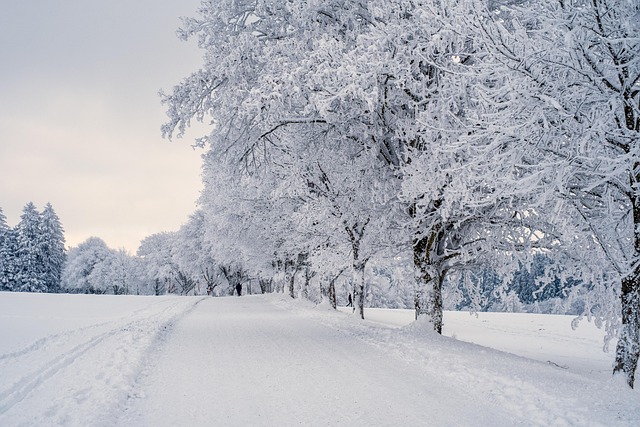Landscape photography is an art that invites you to connect deeply with the world around you. It transcends mere images; it captures the essence of nature in all its glorious layers. In this guide, we will navigate the intricacies of optimizing your camera optics to enhance your landscape photography.
When embarking on a landscape photography adventure, the first step is understanding the power of your camera and its optics. The lens you choose plays a crucial role in how you perceive and capture the landscape. Wide-angle lenses are particularly popular among landscape photographers, as they allow for a broader perspective, helping to convey the vastness of a scene. These lenses can effectively highlight the foreground and the background simultaneously, creating depth and dimensionality.
Using a tripod is essential for landscape shots. It stabilizes your camera, enabling long exposures that can reveal soft, flowing elements like water and clouds. Additionally, keeping your ISO settings low will reduce noise, allowing you to capture the tiny details that showcase the beauty of your subject.
Another vital consideration is your choice of aperture. A smaller aperture (higher f-stop number) increases the depth of field, keeping more of the landscape in focus. This technique is particularly effective when shooting expansive scenes, where you want every element—from the close-up wildflowers to the distant mountains—to be sharp and clear.
In landscape photography, lighting is everything. Soft, diffused light, especially during the golden hour—just before sunrise and after sunset—can create stunning images. During these times, the landscape is illuminated with warm hues, casting gentle shadows that add depth and texture. When paired with the right optics, your camera can capture this ethereal light in its full glory.
Post-processing is equally important in enhancing your landscape photographs. Most photographers use software to fine-tune exposure, color balance, and sharpness to achieve the desired effect. While some purists may argue this detracts from the photography process, others embrace it as a necessary step to bring their vision to life. Remember, the goal is not to misrepresent reality but to enhance its beauty.
As you refine your skills in landscape photography, remember that each photo is a personal interpretation of a moment in time. The layers of the landscape you choose to capture—whether it’s a rugged mountain range or a serene lake—should resonate with your unique perspective. Embrace the journey, stay patient, and allow the world around you to unfold, guiding you toward your next breathtaking image.
Ultimately, optimizing your camera optics is about more than just technicalities; it’s about translating emotion and experience into visual storytelling. As you explore the layers of landscape photography, your camera becomes a tool for connection, revealing the intricate beauty of the world. Capture the essence of every scene, and your photographs will reflect not just what you see but also how you feel.



